Ahora bien, existen muchas otras clasificaciones de las formas o estilos de aprender, como las que ofrece la Programación Neurolingüística (PNL), que se vinculan con los sentidos que permiten captar mejor los contenidos que queremos aprender, como son:
- Aprendizaje auditivo: Los contenidos son más fáciles de adquirir cuando los oímos, tal cual ocurre cuando asistimos a una clase magistral, una conferencia, colocamos un audiolibro o nos dan una explicación oral. Las personas que son auditivas reproducen en su mente el sonido o la “grabación” de lo que aprendieron; y es un estilo que por lo general aplican los que aprenden “al caletre”, es decir, de forma exacta, siendo que si se les olvida un pedacito de lo que aprendieron pierden toda la secuencia y confunden lo aprendido o lo olvidan todo. No obstante puede optimizarse combinándolo con los otros estilos de aprendizaje.
Aprendizaje visual: En este estilo es más sencillo adquirir la información mediante imágenes, proyecciones, mapas mentales, mapas conceptuales; y esto se debe fundamentalmente a que la persona piensa visualmente, en imágenes; lo que le permite formar esquemas en su mente, establecer interrelaciones entre los elementos.
Aprendizaje kinestésico: Se basa en obtener información, contenido, a través de las sensaciones de nuestro cuerpo. Se asocia principalmente a aprendizajes vinculados a los movimientos corporales; por ejemplo, cuando el niño está desarrollando su motricidad fina, la coordinación óculo-manual, óculo-podal, el equilibrio. O como cuando estamos aprendiendo a utilizar los cubiertos para comer; también cuando aprendemos a andar en bicicleta, a patinar, a bailar o a practicar algún deporte, se hace manifiesto este estilo de aprendizaje, que a la larga convierte lo aprendido en algo automático.
No quiero extenderme más en consideraciones teóricas, sólo quería exponer estos conceptos antes de hablar de mi experiencia personal como aprendiz y como mamá que enseñó a su hija, (hace tiempo ya), para entonces darle respuesta la pregunta de esta iniciativa
¿Cómo aprendemos?. Hablaré primero de mí. Como pueden deducir de mi nombre de usuario @Tarot911, dedico parte de mi tiempo a la espiritualidad; y siendo una persona con una fuerte creencia espiritual, (aunque fui criada como atea), estoy firmemente convencida de la complejidad del ser humano, específicamente a lo que he llamado la multidimensionalidad de la anatomía humana, es decir, la existencia de varios cuerpos, además del físico. Considero que todo ser humano almado está conformado por el ya nombrado cuerpo físico, cuerpo energético, cuerpo mental y cuerpo espiritual o alma. A mi entender, cada uno tiene su rol en esto que conocemos como vida, y cada uno es muy importante en cada proceso y experiencia que tenemos como seres humanos, y el aprender no es la excepción; no obstante, aquí no entraré en un discurso filosófico, sino que simplemente diré que es fundamental que todos estos cuerpos coincidan o estén atentos durante el aprendizaje, para que éste sea realmente eficaz y significativo.
Las experiencias de aprendizaje más hermosas que recuerdo provienen de mis padres. Ambos son profesionales, intelectuales, lo cual para mí fue una ventaja sustancial. Mi padre me enseñó a amar a la ciencia y mi madre me enseñó a amar la lectura y el arte. Fue fenomenal contar con ambos.
Una de las experiencias más bonitas al lado de mi padre, era cuando yo tendría unos 5 años, y entonces tomaba un frijol con sus enormes manos, lo partía, y me enseñaba las partes de las semillas; o cuando juntos hacíamos un semillero y lo íbamos observando a lo largo de una semana, y poco a poco él me iba mostrando todo el proceso germinativo y las partes de la planta, qué fuerzas intervenían para que ese milagro ocurriese. También la vez, que teniendo yo 6 años, nos fuimos al jardín de la casa y construyó un cohete de papel, salimos a la calle y lo voló conmigo varias veces, y me fue hablando de la aerodinámica y cómo el aire fluye a lo largo de las superficies que le oponen poca resistencia por sus formas… y así cientos de otros momentos similares en los que mi padre me enseñó a amar la ciencia, el conocimiento; a admirar a Einstein, Planck, Pasteur, Copérnico…
 Photo by Francesco Gallarotti on Unsplash
Photo by Francesco Gallarotti on Unsplash
Respecto a mi madre, no puedo olvidar su particular forma de enseñarme a leer, muy pequeña, de 3 años de edad, con unos cubos de madera que tenían unas grandes letras grabadas y pintadas. Todo era un juego, una manera de construir y divertirme mientras aprendía. O cuando me enseñaba los diversos estados de la materia, mientras hacía un caramelo para un quesillo y lo estiraba para formar un frágil hilo tornasol y me hablaba del cambio físico producido gracias al calor. O cuando me mostraba libros de todo tipo y leíamos juntas, para luego ella hacerme preguntas de lo que había entendido. También cuando me hablaba de las historias de los héroes patrios, como si se tratase de un cuento infantil, de todas las travesías de Bolívar mientras recorría Suramérica libertando un montón de países. Me enseñó a amar la lectura, a admirar a Tolstoi, Poe, Cervantes, y tantos otros escritores y poetas que escapan de mi memoria. También me enseñó a amar la música, aunque ella no tocase ningún instrumento ni cantase, siempre me hablaba del Orfeón Universitario y hacía sonar sus grabaciones, o me hablaba de música clásica y colocaba discos para que los oyese…pero a mí siempre me gustaban los Beatles, y de toda su colección de discos iba y le sacaba era esos para que los pusiera. Estas fueron vivencias valiosísimas que jamás olvidaré.
 Photo by Mick Haupt on Unsplash
Photo by Mick Haupt on Unsplash
Cada enseñanza de mis padres variaba. Quizás ellos no sabían lo de los estilos de aprendizaje tal como se conciben hoy día, pero sí los intuían e intentaban de recurrir a diversas vías para enseñarme. En todo caso yo me sentía muy cómoda aprendiendo de todas las formas, excepto a la que plantea la PNL como estilo auditivo, realmente aunque entendía, no retenía mucho de lo que me explicaban; aunque los otros estilos (visual y kinestésico), sí eran compatibles conmigo.
Claro que había contenidos específicos que se adaptaban más a las tipologías de aprendizaje que expuse en primer término, como son las activa, reflexiva, teórica y pragmática; pero ellos sabían combinarlos, adaptarlos de acuerdo a lo que me querían enseñar y eran muy eficaces. Y debo decir que posteriormente, a lo largo de mis estudios tuve buenos maestros y profesores (en su gran mayoría), que también fueron muy asertivos al enseñarme.
Y como punto común de estas experiencias de aprendizaje quiero resaltar, que en todas había un componente fundamental y este es el AMOR, porque en el caso de mis padres sé bien que lo hicieron con cariño y amor, tratando de darme lo mejor de ellos para que aprendiese; y fue esto lo que traté de replicar con mi única hija. Quizás no lo hice tan bien como mis padres, ya que las ocupaciones laborales me impidieron estar con ella todo el tiempo que hubiese querido, pero traté de darle un pedacito de lo que ellos me enseñaron a mí, y fue esa, la enseñanza a través del amor, porque así considero que el aprendizaje se potencia, se optimiza, ya que EL AMOR es el hilo que conecta todos los componentes de nuestra vida, todos nuestros cuerpos, propósito y tiempos, haciéndola cobrar significado y valor.
 Photo by Elias Maurer on Unsplash
Photo by Elias Maurer on Unsplash
En el caso de ella, de mi hija, no tenía que esforzarme mucho, siempre fue y es muy inteligente, por lo que era sencillo explicarle y que ella entendiese lo que yo trataba de enseñarle; incluso aún hoy día me comenta que no olvida cuando le explicaba las cosas haciendo símiles, eso resultó muy acertado en su caso.
 Photo by Lacie Slezak on Unsplash
Photo by Lacie Slezak on Unsplash
Quiero finalizar diciendo, que en todo momento, y más aún ahora, en pandemia, en tiempo de educar desde casa, lo que enseñen a sus niños o a quien sea, traten que sea a través del AMOR, y entréguense a la vivencia de enseñar, así sea breve, en un 100%, pues de esa forma lo que enseñen jamás será olvidado, pues será indeleble y siempre será recordado con cariño; y podrá superar, en parte, las carencias de recursos didácticos o tecnológicos que puedan presentárseles.
Gracias por leer. Saludos y bendiciones.
 La imagen de presentación se encuentra disponible en el sitio web Unsplash.com y ha sido intervenida con la aplicación CANVA. El resto de las imágenes también están disponibles en Unsplash.com. Cada imagen tiene su respectiva fuente.
La imagen de presentación se encuentra disponible en el sitio web Unsplash.com y ha sido intervenida con la aplicación CANVA. El resto de las imágenes también están disponibles en Unsplash.com. Cada imagen tiene su respectiva fuente.
La redacción de esta publicación es 100% ORIGINAL.
Este post es de mi autoría y propiedad, razón por la cual en caso de que su contenido sea referido en otra publicación, es INDISPENSABLE citar la fuente (Tarot911) y el link correspondiente. Gracias.
Para consultas privadas, puede escribir al correo: tarot911consultas@gmail.com o dirigirse a mi canal de Discord Tarot911#8370
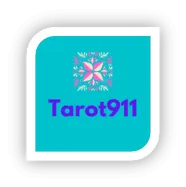
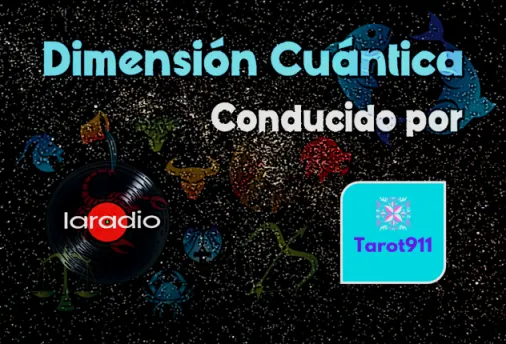
Ven a conocer el multiverso en el que vivimos, todos los jueves, a las 5:00 p.m. hora Venezuela en: DIMENSIÓN CUÁNTICA.
Un programa en el que haremos un recorrido por temas vinculados a la magia, lo paranormal, la astrología y la espiritualidad. Podrás encontrar tips astrológicos, tu horóscopo semanal y consultas exprés.
Presentado por @Tarot911, y sólo lo puedes disfrutar en el Discord de LaRadio.
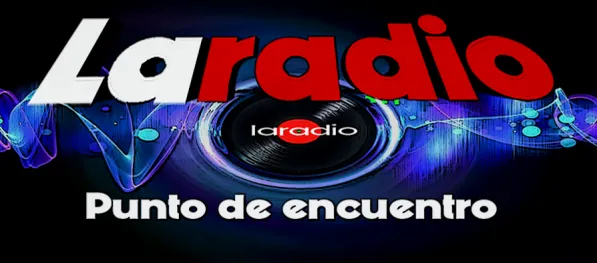

 IIDiscord
IIDiscord
ENGLISH
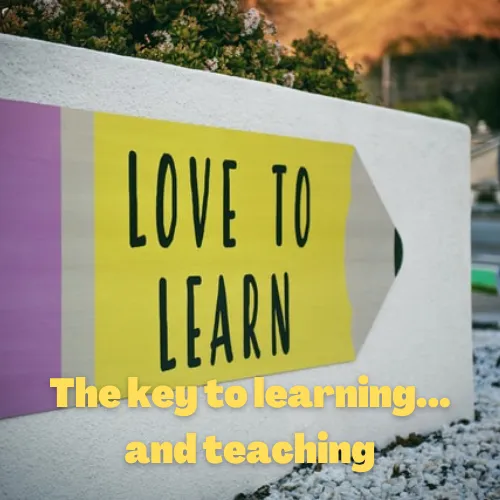 Photo by Tim Mossholder on Unsplash
Photo by Tim Mossholder on Unsplash
The construction of learning is complex and variable. Not all of us learn in the same way, or at the same rate; for some it is easier to read, observe; for others hear, listen; while other people find it more practical to execute something in order to understand a content or a concept. In any case, the important thing is to know ourselves and know exactly what is the best way to learn, and more importantly, to identify the way in which our children, our grandchildren, the children of our family learn to help them in their increase and education.
In my personal case, I no longer have young children with me. My daughter is grown up, in fact, she started her own family; But when reading this challenge, I remembered how I learned and how I thought my daughter learned, and consequently, I tried to teach her many things; and this exercise of remembrance I consider is useful because it allows me to point out and share with all of you certain aspects that I consider valuable to understand the learning itself.
First of all, we must understand something basic, what is learning? . There are multiple definitions that change according to the psychological and pedagogical approach that is given to the definition, as well as through the decades; but for practical purposes I can say that learning means capturing and incorporating knowledge into ourselves. These knowledge can be concepts, procedures, values, principles, behaviors; In any case, the final effect of learning will be a modification of the learner; either enriching their intellect and educational and cultural baggage, improving their behavior; or negatively affecting his person, his psyche, as when traumatic learning occurs, especially those of a behavioral type.
I previously pointed out that there are different ways of learning and I stressed the importance of knowing our learning style as that of our children. In general terms we can categorize these styles as follows:
Active learning: It is an experiential learning that is linked with actions, with execution, with experience; as when we learn concepts related to nature through a walk, an excursion or another similar activity.
Reflective learning: It involves analyzing to derive the knowledge that is learned from there, for example, when we do research in various books and then generate our own analysis.
Theoretical learning: It is the underlying process to learn intellectually, such as when we solve equations, look up words in the dictionary, learn verb conjugations or concepts through reading, among others.
Pragmatic learning: It is mainly related to procedures, for example, when we make a cooking recipe, the elaboration of a manual project, an experiment in Chemistry, Physics, Biology, etc.
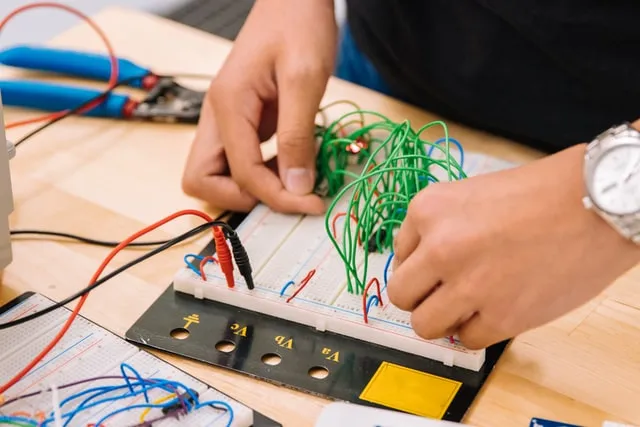
Photo by Jeswin Thomas on Unsplash
It should be noted that these styles are not mutually exclusive , only that according to the characteristics of the person, the learning situation, the content, it will be convenient to specifically apply one of these or a combination of several; however, it will always be easier for us to learn with one of these styles and this is valuable to know.
Now, there are many other classifications of the ways or styles of learning, such as those offered by Neurolinguistic Programming (NLP), which are linked to the senses that allow us to better capture the content we want to learn, such as:
Auditory learning: The contents are easier to acquire when we listen to them, just as it happens when we attend a master class, a conference, place an audiobook or they give us an oral explanation. Hearing people reproduce the sound or "recording" of what they learned in their minds; and it is a style that is generally applied by those who learn literally, exactly, that is to say, exactly, being that if they forget a bit of what they learned they lose the whole sequence and they confuse what they have learned or forget everything. However, it can be optimized by combining it with the other learning styles.
Visual learning: In this style it is easier to acquire information through images, projections, mind maps, concept maps; and this is mainly due to the fact that the person thinks visually, in images; which allows you to form patterns in your mind, establish interrelationships between the elements.
Kinesthetic learning: It is based on obtaining information, content, through the sensations of our body. It is mainly associated with learning related to body movements; for example, when the child is developing fine motor skills, eye-hand, eye-foot coordination, balance. Or like when we are learning to use cutlery to eat; also when we learn to ride a bicycle, to skate, to dance or to practice some sport, this learning style becomes manifest, which in the long run turns what we have learned into something automatic.
I don't want to dwell on theoretical considerations any further, I just wanted to expose these concepts before talking about my personal experience as an apprentice and as a mother who taught her daughter, (a long time ago), to then answer the question of this initiative
¿ How do we learn? . I'll talk about myself first. As you can deduce from my username @Tarot911, I dedicate part of my time to spirituality; and being a person with a strong spiritual belief, (although I was raised as an atheist), I am firmly convinced of the complexity of the human being, specifically what I have called the multidimensionality of human anatomy , that is , the existence of several bodies, in addition to the physical one. I consider that every human being is made up of the already named physical body, energy body, mental body and spiritual body or soul. In my understanding, each one has their role in what we know as life, and each one is very important in every process and experience that we have as human beings, and learning is no exception; However, here I will not enter into a philosophical discourse, but will simply say that it is essential that all these bodies coincide or are attentive during learning, for it to be truly effective and meaningful.
The most beautiful learning experiences I can remember come from my parents. They are both professionals, intellectuals, which for me was a substantial advantage. My father taught me to love science and my mother taught me to love reading and art. It was great to have both of them.
One of the most beautiful experiences with my father, was when I was about 5 years old, and then he would take a bean with his huge hands, split it, and show me the parts of the seeds; or when together we made a seedbed and we were observing it throughout a week, and little by little he was showing me the whole germination process and the parts of the plant, what forces intervened so that this miracle happened. Also the time, when I was 6 years old, we went to the garden of the house and he built a paper rocket, we went out to the street and he flew it with me several times, and he was talking to me about aerodynamics and how the air flows along of the surfaces that offer little resistance due to their shapes ... and so on hundreds of other similar moments in which my father taught me to love science, knowledge; to admire Einstein, Planck, Pasteur, Copernicus...
 Photo by Francesco Gallarotti on Unsplash
Photo by Francesco Gallarotti on Unsplash
Regarding my mother, I cannot forget her particular way of teaching me to read, very young, 3 years old, with some wooden cubes that had large engraved and painted letters. It was all a game, a way to build and have fun while learning. Or when he taught me the various states of matter, while he made a caramel for a pundin and stretched it to form a fragile litmus thread and spoke to me of the physical change produced thanks to the heat. Or when she showed me books of all kinds and we read together, and then she asked me questions about what I had understood. Also when he spoke to me about the stories of the national heroes, as if it were a children's story, of all the journeys of Bolívar as he traveled through South America liberating a lot of countries. He taught me to love reading, to admire Tolstoy, Poe, Cervantes, and so many other writers and poets that escape my memory. She also taught me to love music, although she did not play any instrument or sing, she always spoke to me about the University Choir and played her recordings, or she spoke to me about classical music and placed records for me to hear ... but I always liked the Beatles, and from his entire record collection he would go and take out those for me to put on. These were invaluable experiences that I will never forget.
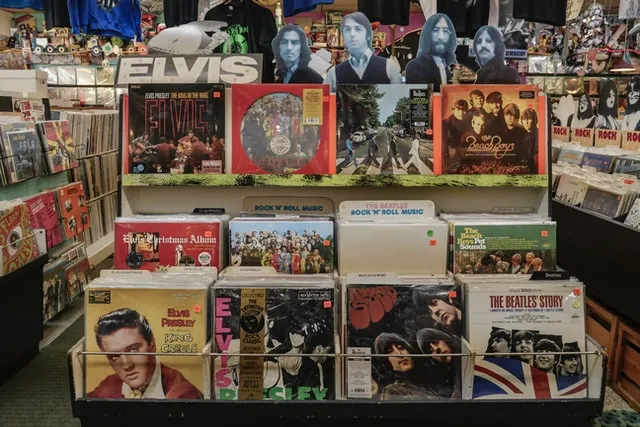 Photo by Mick Haupt on Unsplash
Photo by Mick Haupt on Unsplash
Each teaching of my parents varied. Perhaps they did not know about learning styles as they are conceived today, but they did intuit them and tried to resort to different ways to teach me. In any case, I felt very comfortable learning in all the ways, except the one posed by NLP as an auditory style, although I really understood, I didn't retain much of what they explained to me; although the other styles (visual and kinesthetic), they were compatible with me.
Of course, there were specific contents that were more adapted to the types of learning that I exposed in the first place, such as active, reflective, theoretical and pragmatic; but they knew how to combine them, adapt them according to what they wanted to teach me and they were very effective. And I must say that later, throughout my studies I had good teachers and professors (for the most part), who were also very assertive in teaching me.
And as a common point of these learning experiences I want to emphasize that there was a fundamental component in all of them and this is LOVE, because in the case of my parents I know well that they did it with affection and love, trying to give me the best of them to to learn; and this is what I tried to replicate with my only daughter. Maybe I did not do as well as my parents, since work occupations prevented me from being with her for as long as I wanted, but I tried to give her a bit of what they taught me, and that was the teaching through of love, because in this way I consider that learning is enhanced, optimized, since LOVE is the thread that connects all the components of our life, all our bodies, purpose and times, making it acquire meaning and value.
 Photo by Elias Maurer on Unsplash
Photo by Elias Maurer on Unsplash
In the case of her, of my daughter, I didn't have to make a lot of effort, she was always and is very intelligent, so it was easy to explain to her and for her to understand what I was trying to teach her. Even today she tells me that he does not forget when I explained things to her by doing similes, that was very successful in her case.

Photo by Lacie Slezak on Unsplash
I want to end by saying, that at all times, and even more so now, in a pandemic, in time to educate from home, what you teach your children or whoever it is, try to do it through LOVE, and surrender to the experience of teaching, Even if it is brief, 100%, because that way what they teach will never be forgotten, it will be indelible and will always be remembered with affection; and it will be able to overcome, in part, the lack of didactic or technological resources that may be presented to them.
Thank you for reading. Greetings and blessings.
The presentation image is available on the website Unsplash.com and has been intervened with the CANVA application. The rest of the images are also available on Unsplash.com. Each image has its respective source.
The wording of this publication is 100% ORIGINAL.
This post is my authorship and property, which is why in the event that its content is referred to in another publication, it is ESSENTIAL to cite the source (Tarot911) and the corresponding link. Thank you.
For private inquiries, you can write to the mail: tarot911consultas@gmail.com or contact the Discord: Tarot911#8370


Come discover the multiverse in which we live, every Thursday at 5:00 p.m. Venezuela time in: QUANTUM DIMENSION.
A program in which we will take a tour of topics related to magic, the paranormal, astrology and spirituality. You can find astrological tips, your weekly horoscope and express consultations.
Presented by @ Tarot911, and you can only enjoy it on LaRadio's Discord.


 IIDiscord
IIDiscord
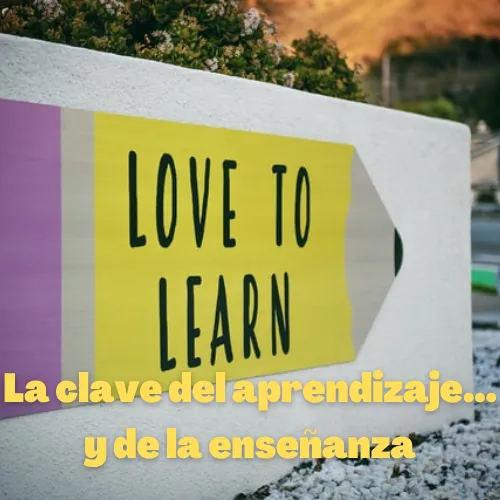
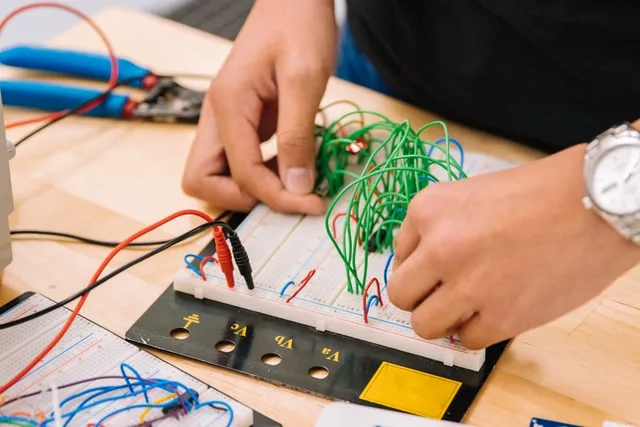









 CommunityIIDiscord
CommunityIIDiscord









 CommunityIIDiscord
CommunityIIDiscord